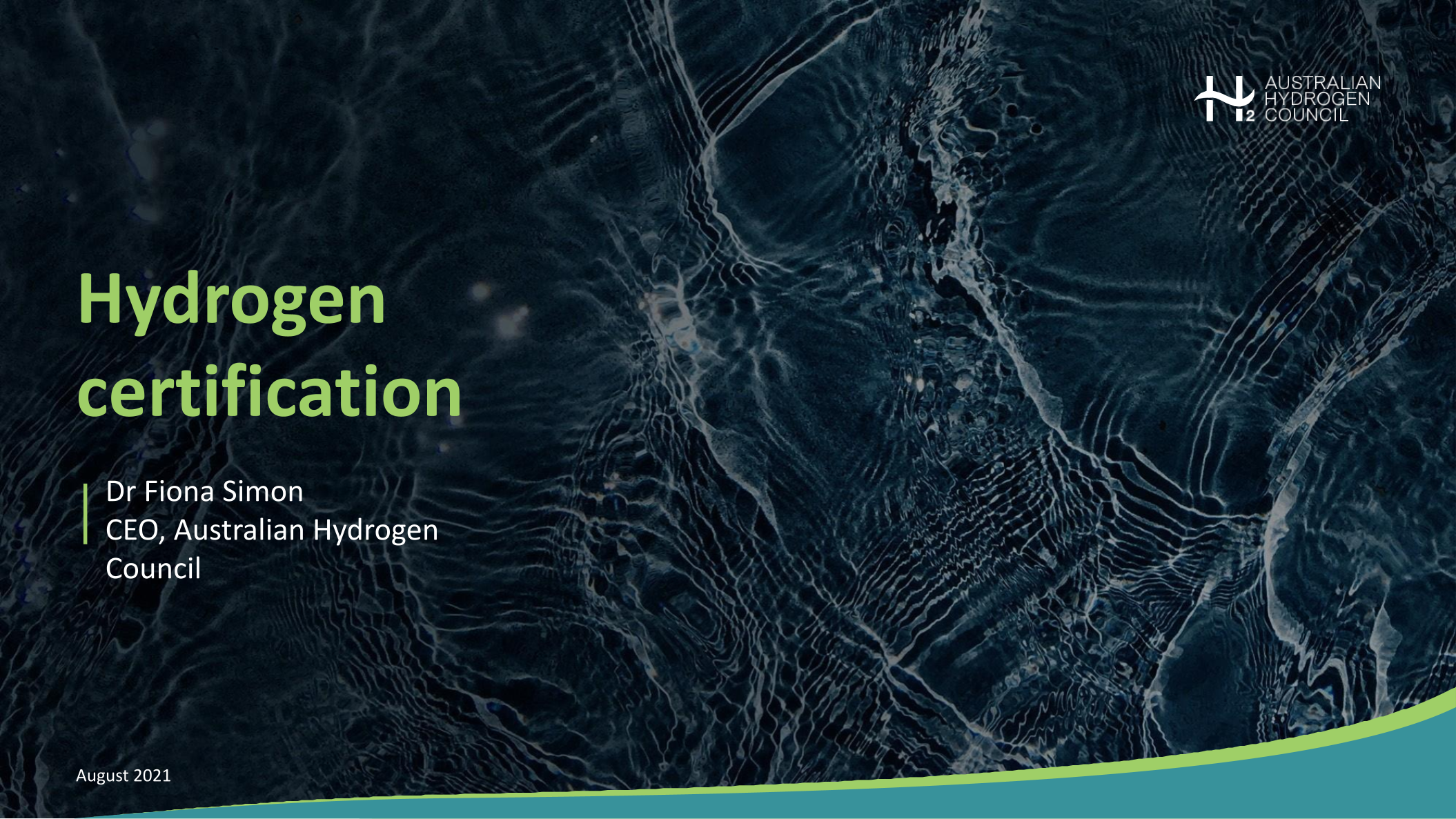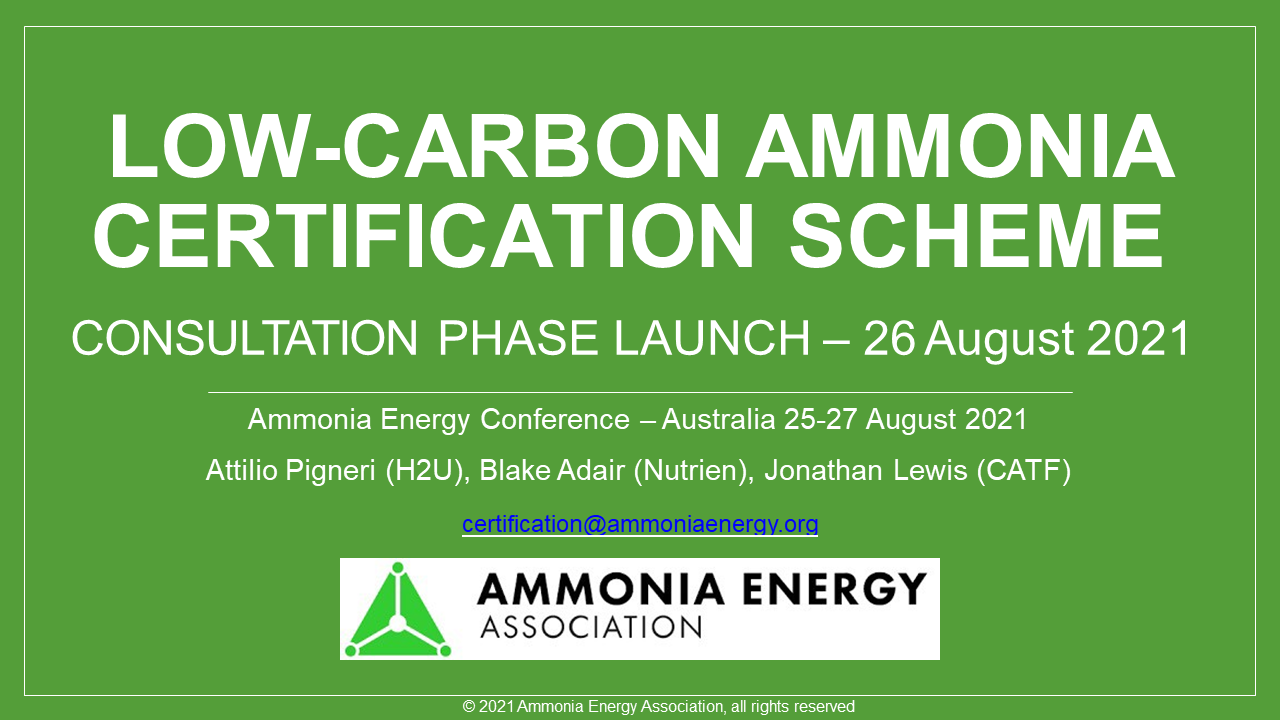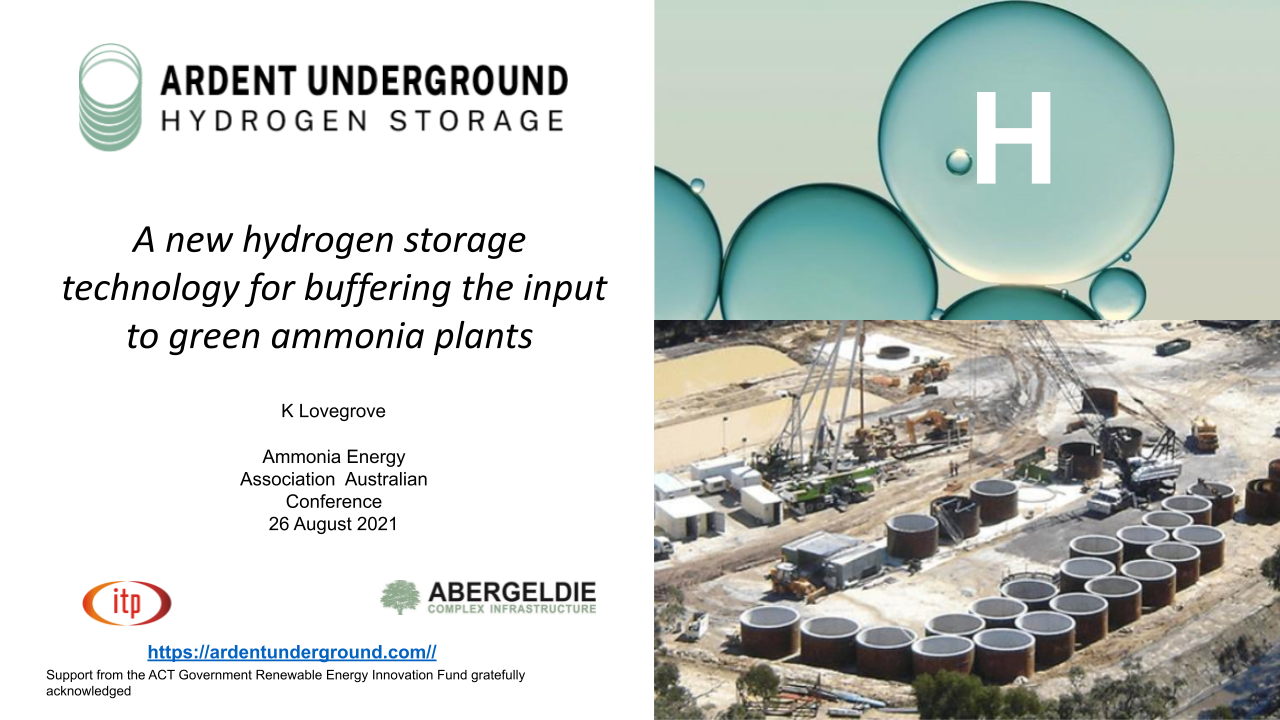Presentation
Ammonia bunkering - simulation of hypothetical release scenarios in Singapore
Ammonia has the potential to be a low carbon fuel for shipping. As an important step for ships to adopt the fuel, the bunkering operation of ammonia shall be established. Ammonia bunkering can be characterized by different infrastructure and operation requirements from that of conventional marine fuel. The study presents potential bunkering concepts and configurations. The dispersion pattern due to accidental ammonia release is investigated by far-field simulation using PHAST software. The impacts of various factors on the dispersion patterns are explored to provide preliminary understandings of future ammonia bunkering safety in Singapore. Slides: please see the attached file.









